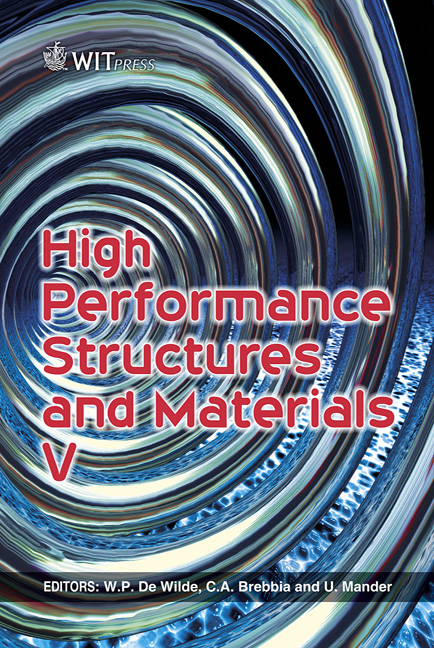Discharge Flocking, A New Method To Disperse Nano-particles
Price
Free (open access)
Transaction
Volume
112
Pages
11
Page Range
231 - 241
Published
2010
Size
1,089 kb
Paper DOI
10.2495/HPSM100221
Copyright
WIT Press
Author(s)
H. G. Lee, J. H. Byun, J. B. Kim, J. W. Yi, W. Lee, B. K. Lee, D. L. Cho & M. D. Cho
Abstract
One of the big challenges in the nano-field is how to effectively disperse nanoscale particles, especially CNTs and carbon blacks, which are strongly agglomerated by intermolecular van der Waals forces. Solution-based dispersion methods such as sonication and three-roll milling require lots of dispersion time and have re-agglomeration problems after processing. This study suggests a new method, i.e. discharge flocking, to disperse the particles effectively. Firstly nano-scale particles located between two electrodes, a negative electrode and a ground electrode, are charged by Townsend discharge. Next the negatively charged particles flow toward a target substrate by electric field generated by a positive electrode behind the substrate, and they are finally attached on the substrate. In contrast with the solution-based methods, this process makes nanoscale particles disperse in the air and repel each others because of their negative charges. Therefore, the re-agglomeration problem of processed particles could be prevented. In this study, carbon fiber reinforced epoxy composites including CNTs and carbon blacks were fabricated by the discharge flocking and the solution-based dispersion methods, respectively, and then their mechanical and electrical properties were compared with each other. Keywords: discharge, flocking, nano-scale particles, strength, conductivity.
Keywords
discharge, flocking, nano-scale particles, strength, conductivity





